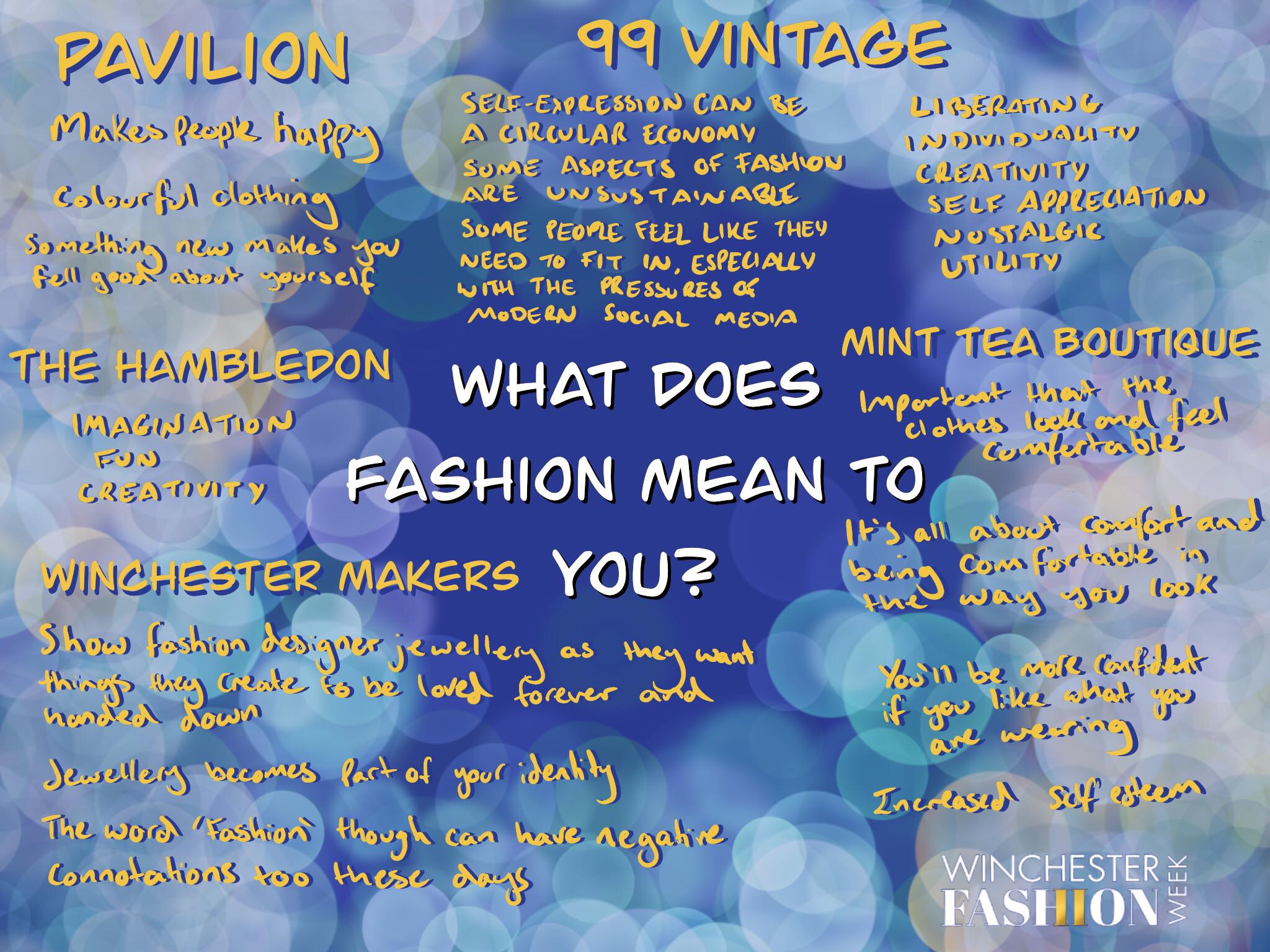What is Fast Fashion? And how do we stop it?
Written by Caitlyn Raymond
How often do you go shopping? Probably pretty often. How often do you go shopping specifically for second hand items? Probably not often.
After my first year of university, while sitting in lockdown, I decided to watch a documentary called THE TRUE COST. This film was created in 2015 as a response to the untold stories behind the men, women, and children who create the clothes we wear every day following the collapse of the Rana Plaza. On 24 April 2013, a tragedy struck in Bangladesh when an eight story commercial building collapsed due to structural failures. With a death toll of 1,134 people and 2,500 injured, this disaster is considered the deadliest non-deliberate structural failure accident in modern human history and the deadliest garment-factory disaster in history. THE TRUE COST movie highlights what happened on this occasion, why it happened, the effects fo fast fashion not only in Bangladesh but throughout the world, who makes our clothing and what their lives are like, how the industry is hiding catastrophic occasions and situations, and the horrifying reality of fashion. I encourage you to watch this film, but until then I will give you a run down.
Most people I’ve spoken to have no clue what fast fashion even means. Fast Fashion is essentially the unethical production of goods produced by mass market retailers. H&M, Forever 21, Topshop, Primark, Rip Curl, Fashion Nova, Urban Outfitters, Boohoo and Pretty Little Thing are only SOME of the fast fashion stores out there producing very inexpensive clothing and goods in order to satisfy the consumer mindset of todays society. Our trends are constantly changing. The “fashion calendar” used to consist of 2 seasons, Spring/Summer and Autumn/Winter where designers would create two main collections to fulfill these seasons, but in the modern day of the 21st century, every week a new wave of trends are thrown out. There are now around 52 micro-seasons a year. One can argue that the rapid production of new goods by sellers has tailored the over-consumption actions we see today. However, it is by consumers demand that retailers have felt the need to constantly put out new items, even if they are the same style just a different color.
Yes, we do over consume. Think about it. At least half of the items we buy we don’t need. Most of the things we buy are bought on impulse and aren’t ethically produced yet we constantly hear excuses that break the heart of those who know what’s going on behind the scenes. “Purchasing items is helpful to grow the economy…” “I am on a budget so I need things that are cheap…” “Buying things never hurt anyone…” Actually, if you think about the real cost of fast fashion and other unethically produced goods, they cause more harm than good. Because of the high demand in the industry, retailers hunt for cheap fabrics and cheap factories. These producers are in third world countries, where factories and garment production managers provide thousands of items a day, under horrible living conditions, in order to meet supply demand. It wasn’t until the 90’s that US retailers began outsourcing in search of cheaper production options. Since the 90’s, 97% of clothes in America are outsourced to developing countries. When looking at the people who are making these clothes, they are classified as MODERN DAY SLAVES. Yes, this is real. Modern day slavery is real. And the fact that these garment workers are paid far below the living wage in their respective country and are placed in unimaginable working conditions is beyond unacceptable. These factory workers are forced to work in inhumane health and safety conditions that produce toxic air with little to no ventilation from the chemicals used for garments, in buildings that are verge of collapse or unstable environments just waiting to kill and injure thousands of people like the Rana Plaza did. The bottom line is every time an item is bought from a fast fashion website or company the consumer is essentially supporting the mistreatment of the workers.
Taking a look at the sustainable aspect of fast fashion as opposed to the ethicality of it is also important. While the ethics focus on the treatment of its workers, sustainability focuses on the impact on the environment. Did you know that fast fashion is one of the leading causes of climate change? This is because of the production methods, the fabrics and resources used, and excessive amount of purchases consumers feel the need to make. The majority of the synthetic fibre based garments end up in landfill where they don’t breakdown or decompose. One pair of jeans uses 2,000 gallons of water and every year the fashion industry uses enough water for 5 million people to survive (93 billion cubic meters of water). This just proves that the fashion industry produces 20% of global wastewater but is also responsible for 10% of global carbon emissions. 150 million trees are used for textile production each year leading to overproduction and landfills that carry roughly 13 million tonnes of textiles each year because 85% of clothing ends up as waste.
Fashion designer Orsola de Castro explains that “[clothes] are our chosen skin” when she was interviewed by Andrew Morgan for the True Cost movie. Clothes are our way of expressing who we are to other people without speaking; allowing people to enter into our world and our mindset just by our presentation. The harms of fast fashion does not mean that that we have to stop buying, or expressing. It simply means we need to take a different approach to provide the individuality that we all desperately crave. It’s a simple method. To truly help counter the harms of fast fashion is to consume less and to upcycle and cherish the items we have. However that isn’t always ideal. Now it’s easy to say donate to charities that are encouraging this change like Fashion Revolution and Re/Make but for those are are truly on a budget or need something that fit their lifestyle more there are other options. The first step is acknowledging the concept of second hand shopping. If you can’t afford the higher end brands that focus on sustainability and transparency within their supply chain, take a look at charity shops or thrift stores. They’re more than dirty clothes – they are cleaned and washed so don’t be scared. They are pre-loved and vintage and unique and exciting. These clothes are tradable, collectibles, perfect for individuality and for supporting the sustainable practices that need to be built up to save the world and its people.
Fashion is a powerful concept that will never disappear. The creative minds and passions it holds will never diminish. But in order to keep fashion, the environment, and its people in front and behind it we must take action. Even Andrew Morgan had to ask himself, “How did I live this long in my life without ever even considering something as basic as where my clothes came from?”
Now is the time to ask yourself this. It’s time to consider all aspects of the clothes you wear, so we can make fashion a positive chain and an inspiring loop of a circular and sustainable economy that provides livable wages and circumstances for those creating it as well as the expression and excitement for those wear it.



